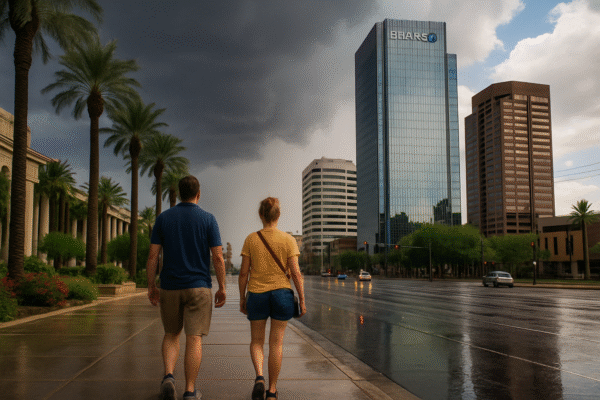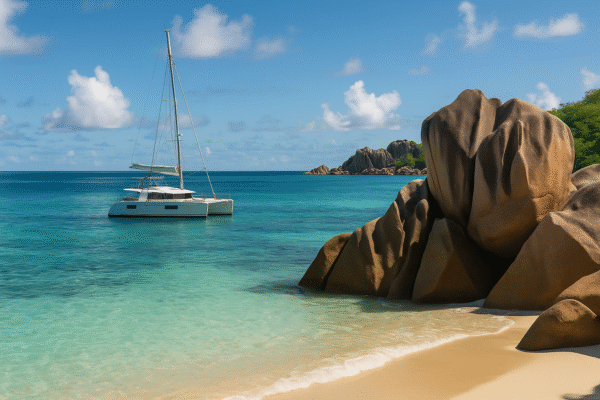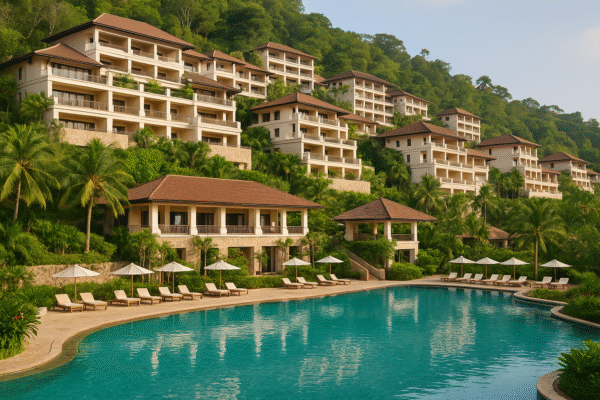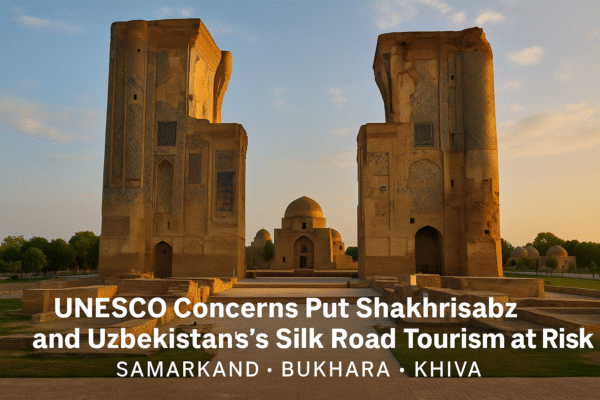Uzbekistan’s ancient Silk Road city of Shakhrisabz, the birthplace of conqueror Timur (Tamerlane), now finds itself in a fragile position as UNESCO weighs a controversial proposal to reduce the historic core’s protected area. The decision, which follows years of redevelopment concerns and heritage site mismanagement, could have far-reaching consequences for the country’s tourism economy and its cultural storytelling efforts.
Situated among Uzbekistan’s storied Silk Road destinations—Samarkand, Bukhara, and Khiva—Shakhrisabz has long offered visitors a more tranquil, deeply historical experience. But with its UNESCO World Heritage status at risk, local residents, artisans, and tour guides fear the heart of their city may become just another backdrop, rather than a lived-in link to the past.
Shakhrisabz: Where Timur’s Legacy Still Lives
Shakhrisabz, meaning “Green City,” is over 2,000 years old and is celebrated as the birthplace of the 14th-century conqueror Timur. Once a vibrant Timurid capital, it holds monumental sites like the towering Ak-Saray Palace gate, Kok Gumbaz Mosque, and Dorut Tilovat complex. While Samarkand’s Registan dazzles with grandeur, it is in Shakhrisabz that many travelers find a more intimate connection to Central Asian history.
UNESCO listed Shakhrisabz as a World Heritage Site in 2000, citing its bold Timurid architectural scale and historic coherence. However, in 2016, concerns emerged as new construction projects, including parks and tourist plazas, replaced traditional urban fabric. The city was placed on UNESCO’s “List of World Heritage in Danger,” prompting calls for stronger preservation efforts.
UNESCO’s Proposed Heritage Zone Reduction
In 2025, UNESCO’s World Heritage Committee, meeting in Paris, tentatively accepted Uzbekistan’s request to revise Shakhrisabz’s protected area. The revised boundary narrows the focus to just four Timurid monuments, notably the Ak-Saray Palace, while downgrading surrounding areas to low-level buffer zones.
Uzbek authorities argue the change allows for necessary urban revitalization while preserving key landmarks. But critics warn this decision dilutes the city’s historic soul, risking the authenticity that draws cultural travelers. UNESCO has requested Uzbekistan submit detailed restoration updates by February 2026 to retain World Heritage status.
Tourism Impact Already Visible
Tour operators and local guides report a notable drop in visitors to Shakhrisabz since redevelopment efforts accelerated. According to community estimates, site visits have declined 20% since 2018, particularly among international travelers now favoring better-preserved sites like Samarkand and Bukhara.
Hasan, who runs a family teahouse near the Mausoleum of Timur’s father, sees it firsthand: “Every fifth tourist cancels. They say it feels less authentic now.” While Uzbekistan named Shakhrisabz the 2024 Tourism Capital of the Economic Cooperation Organization, ongoing construction and heritage fragmentation have muted the impact of the designation.
Economic and Community Concerns
Tourism is a crucial economic pillar for Uzbekistan, especially in the post-pandemic recovery period. Shakhrisabz generates approximately $10 million annually through guesthouses, crafts, and cultural activities. Losing UNESCO status—or seeing tourism collapse—could devastate local businesses.
Dilrabo, a scarf embroiderer whose family has lived in the city for generations, fears being left behind: “If we lose the travelers, we lose our stories. We don’t just sell souvenirs. We share culture.” For families depending on Silk Road tourism, heritage preservation is not an abstract idea—it’s their livelihood.
Learning from Samarkand, Bukhara, and Khiva
Other Uzbek cities have found more successful models for balancing growth and preservation. Samarkand, bolstered by strict restoration guidelines and urban planning reforms, saw 25% growth in tourism in the final years before the pandemic. Bukhara and Khiva similarly attract steady cultural travelers, though concerns about overcrowding and erosion are rising.
In contrast, Shakhrisabz’s smaller scale and quieter charm are key tourism advantages—but only if its historic atmosphere is preserved. UNESCO warns that shrinking the core risks turning the city into a “collection of disconnected monuments.”
Proposed Solutions for Sustainable Heritage Tourism
Heritage and tourism experts recommend a four-pronged strategy to restore and elevate Shakhrisabz:
- Protect and Enhance Buffer Zones: Use archaeological surveys and traditional design codes to define new conservation boundaries.
- Authentic Urban Redevelopment: Reconstruct historic streets and façades using local materials, supported by a national restoration fund.
- Modern Cultural Infrastructure: Launch interactive museums, 3D storytelling tours, and heritage walking paths focused on Timur’s legacy.
- Community Empowerment: Form local tourism councils and offer small grants for traditional guesthouses, artisan workshops, and youth heritage projects.
This strategy aligns with Uzbekistan’s 2023–2030 National Heritage Protection Plan and international conservation frameworks.
International Support and Urgency
UNESCO, the Islamic World Educational, Scientific and Cultural Organization (ICESCO), and the Aga Khan Trust for Culture have provided technical expertise. Uzbekistan is also seeking financial support from the World Bank and the Asian Development Bank.
Still, time is short. If progress isn’t shown by early 2026, UNESCO could delist Shakhrisabz—joining a rare list of sites that have lost World Heritage status due to irreversible changes.
A Living City, Not Just Ruins
For tour guide Alisher, the consequences are personal. “If the old city becomes a shell, I may have to move to Samarkand or Tashkent for work,” he says, seated beneath the arch of Ak-Saray. For Dilrabo and others, the fight to preserve Shakhrisabz is about protecting not just history, but the living identity of a community.
Conclusion: Will Uzbekistan Preserve Its Cultural Soul?
Shakhrisabz now stands at a crossroads. The decisions made here will ripple across Uzbekistan’s wider UNESCO sites and shape the future of Silk Road tourism. With global travelers increasingly seeking authenticity and cultural immersion, this ancient city must decide whether to chase quick urban growth—or invest in its unique soul.
In the morning light of Ak-Saray’s fading ruins, one thing is clear: what’s at stake isn’t just a label from UNESCO—it’s the future of how the world remembers, experiences, and supports Uzbekistan’s historic heart.
For more travel news like this, keep reading Global Travel Wire



















